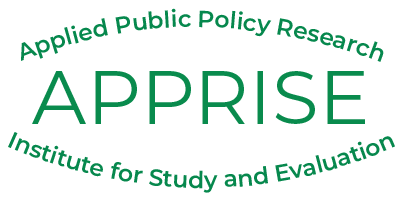Voices from the Field: Reflecting on OCS’ Latest Site Visit to Alaska
Amid rising fuel costs, high cost of living intensified by inflation, a housing shortage, and more, the Rural Alaska Community Action Program (RurAL CAP) and supported tribal organizations are helping fulfil community needs across the state of Alaska. In mid-September, I traveled along with staff from the Office of Community Services (OCS) at the Department of Health and Human Services for engagement visits with RurAL CAP and native associations in Anchorage and Dillingham.
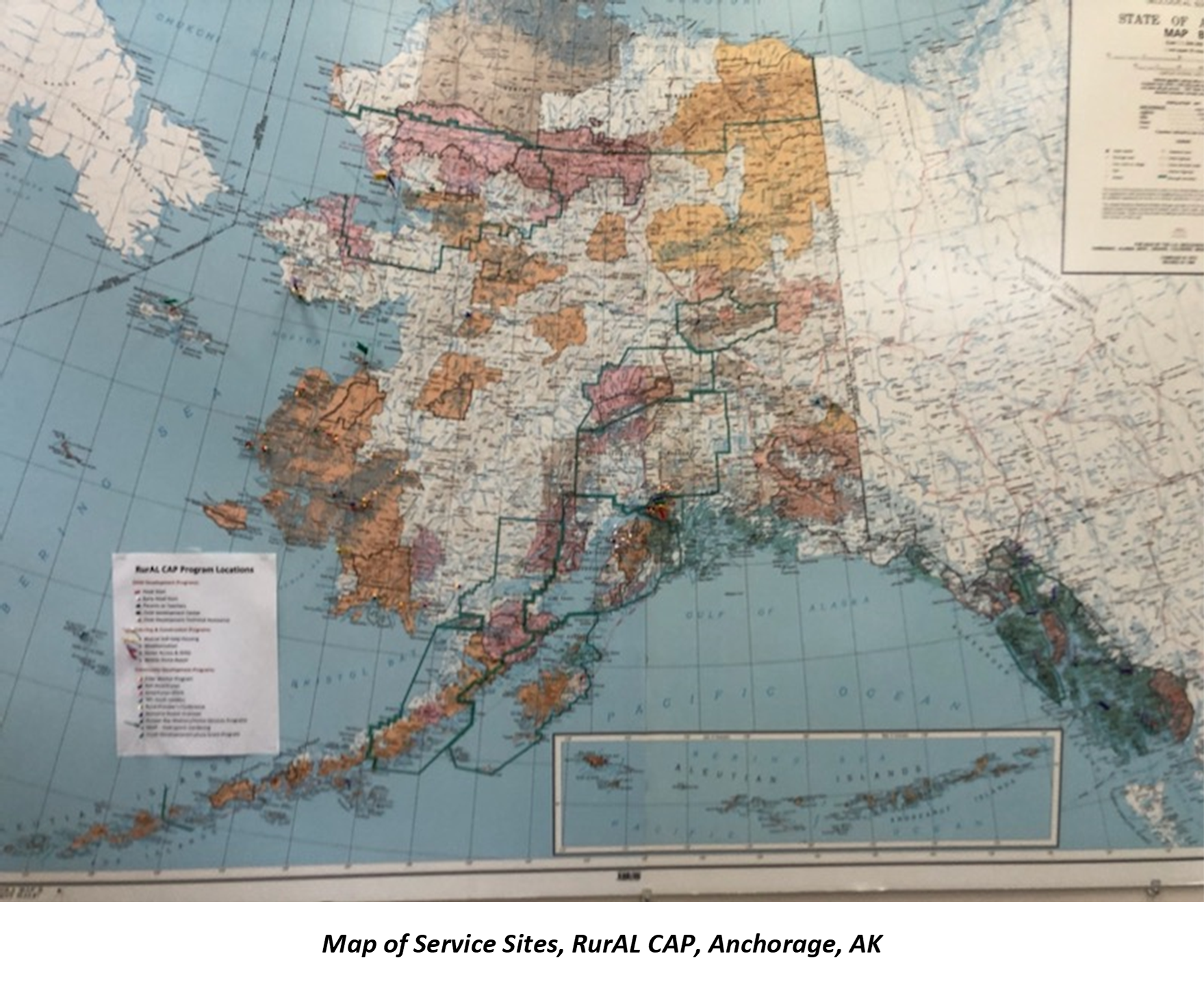
During our trip to RurAL CAP, we visited a permanent supportive service building near downtown Anchorage where we were able to see green housing in action. Community Service Block Grant funds were used to provide services to the over twenty formerly unhoused tenants who lived in a building powered by solar panels with a lush garden maintained by tenants and staff. This building is one of many managed by RurAL CAP that offers tenants affordable housing and the services and programs needed to ensure long-term housing stability and sustainability.

Julia Tache – Senior Policy Analyst; Special Initiatives Coordinator
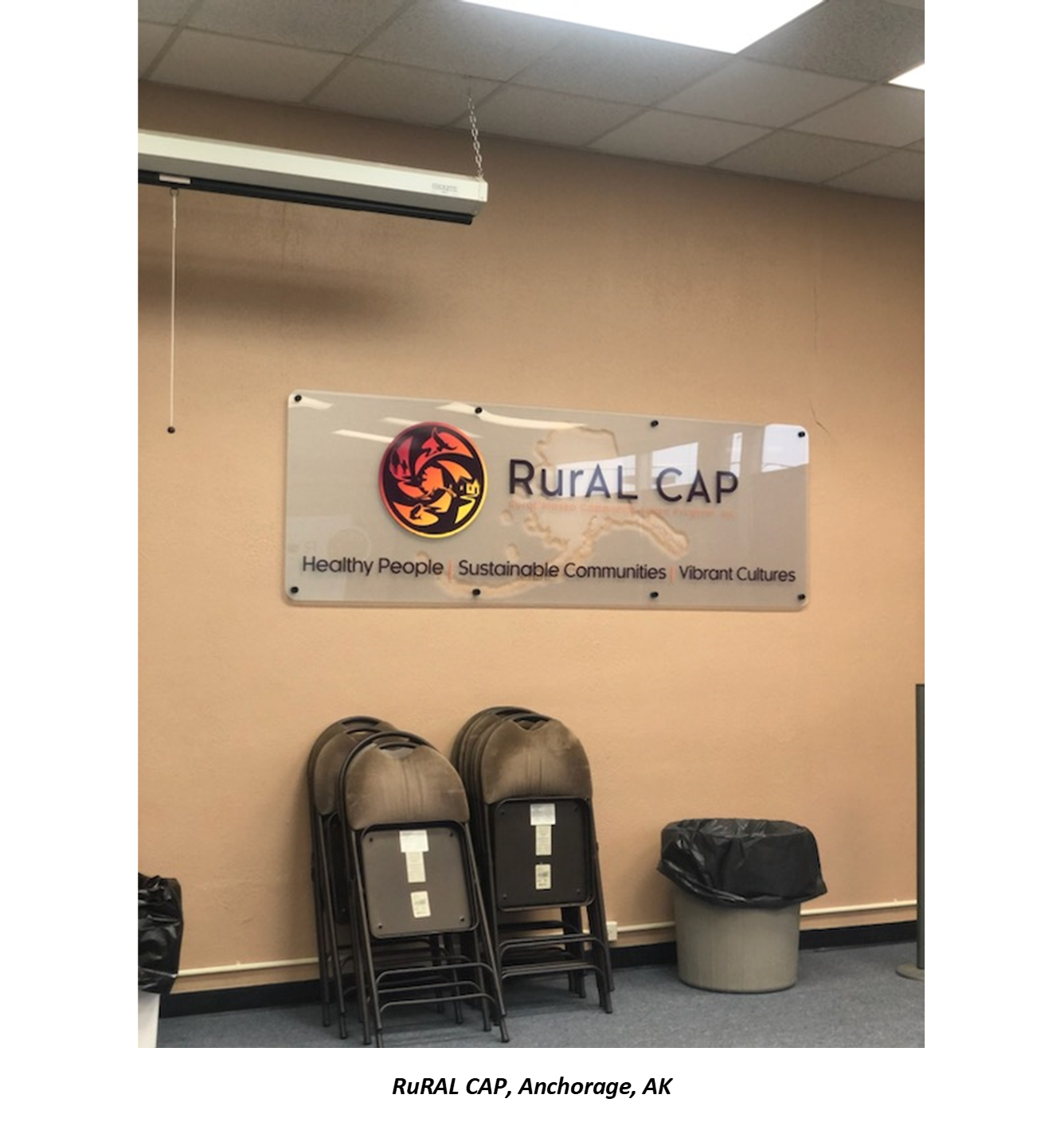
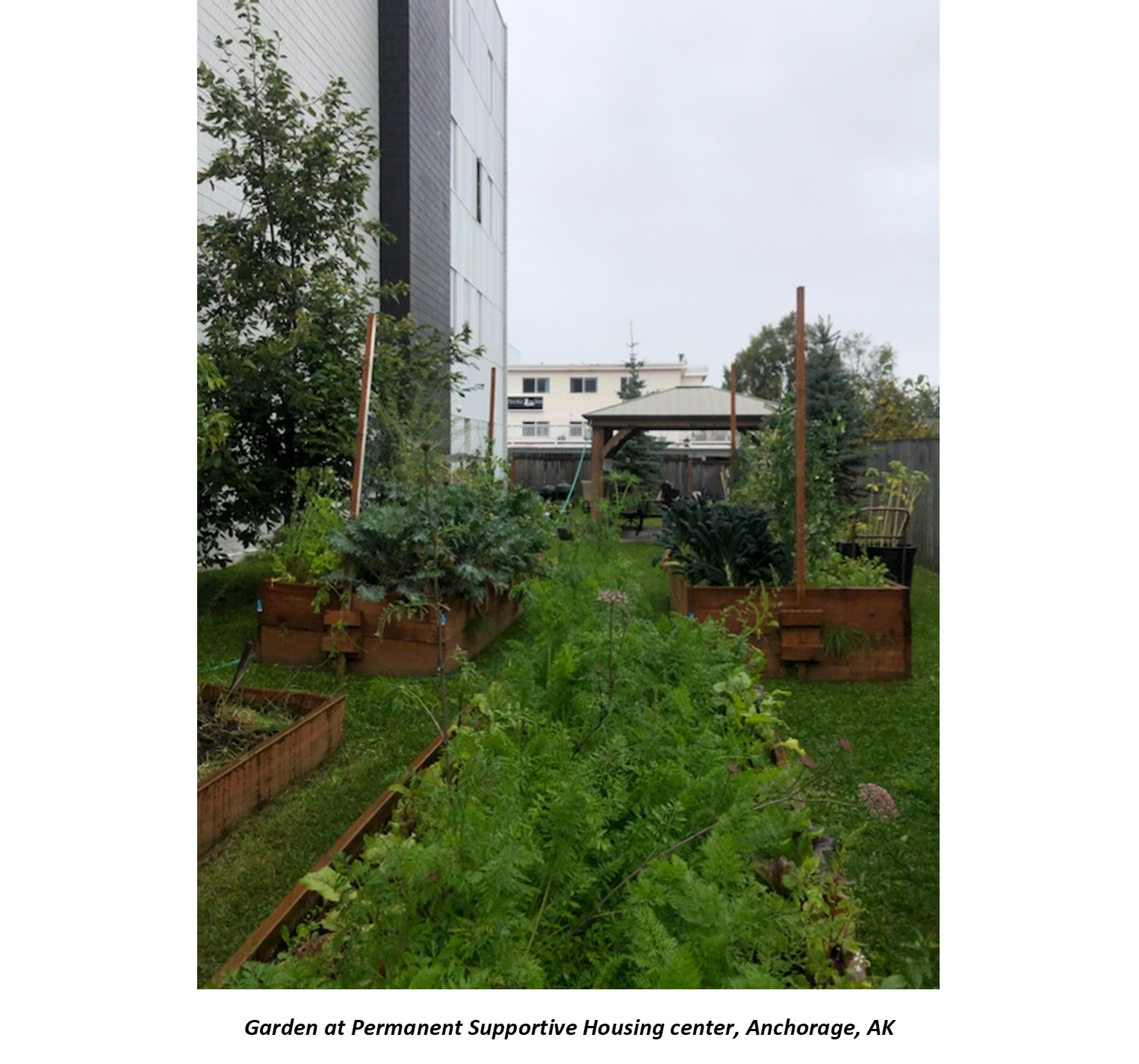
Alaskans have the highest monthly utility bills in the nation: an average of $570 per month including energy, water, phone, and other services. Energy bills alone are steep, averaging $134 per month. The cost of moving fuel to and across the massive state to heat homes accounts for a large part of these prices. Weather events, issues impacting supply, and other factors also contributed to especially high oil and gas costs in 2022. In 2020, LIHEAP supplemented 26 percent of the energy bill for all households which received a benefit and 28 percent for high energy burden households in Alaska.[1] High burden refers to homes that are in the top 25 percent of energy burden, determined by dividing energy cost by income in a given state. For high burden households, the average energy burden was 58.5 percent.
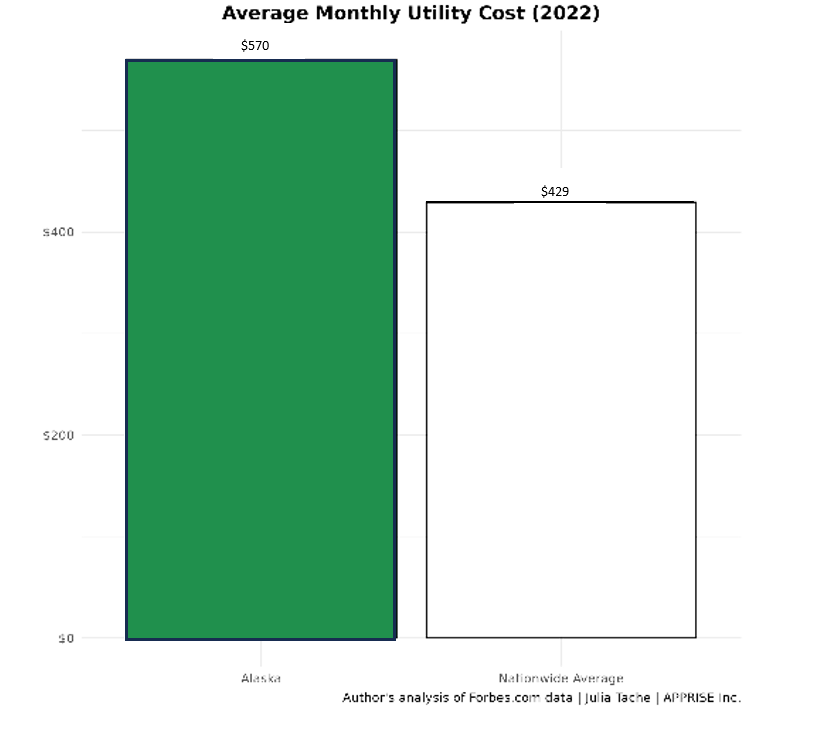
We had the privilege of visiting both the Bristol Bay Native Association (BBNA) in Dillingham and RurAL CAP, a statewide organization and Alaska’s only Community Action Agency. BBNA and RurAL CAP receive Community Services Block Grant program (CSBG), Low Income Household Water Assistance Program (LIHWAP), and Low Income Home Energy Assistance Program (LIHEAP) funding to address the social service, energy, and water and wastewater needs of their communities. Local native organizations like BBNA distribute funds directly to households in surrounding areas to be added as a credit to energy bills and ease high cost.
BBNA was established following the 1971 Alaska Native Claims Settlement Act (ANCSA) which officially designated millions of acres as tribal lands to be stewarded by native associations. Headquartered in the hub community of Dillingham, the organization serves 31 tribes in Southwest Alaska in the Yu’pik/Cu’pik region. Dillingham, with a population of just over 4,700, is the second most expensive city in Alaska. Members of BBNA’s Workforce Development Team explained the obstacles of providing energy assistance to the populations they serve—for instance, many communities, including Dillingham, are only accessible by plane or boat because they are not connected to the main highway system.
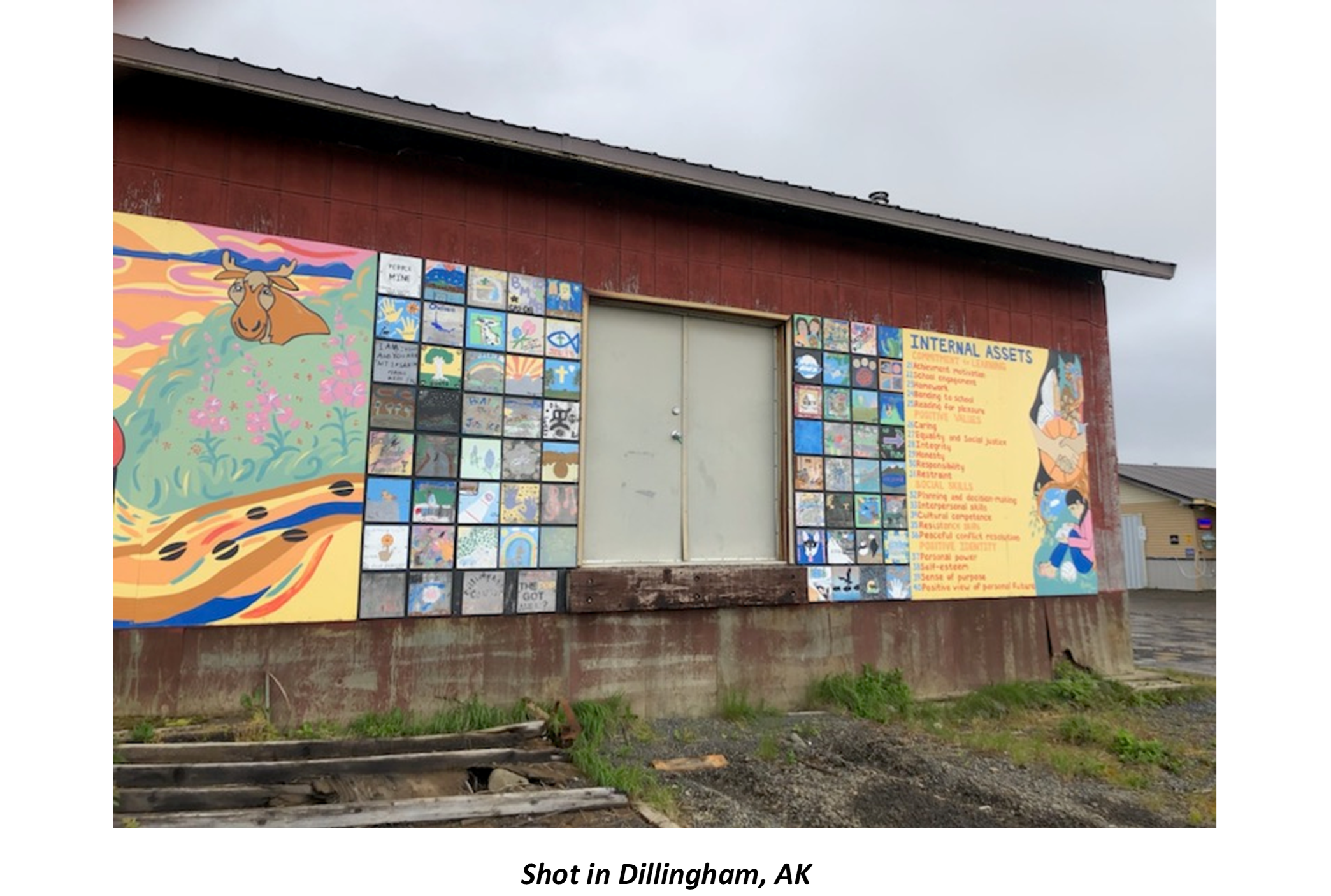
Alaska’s especially cold weather makes LIHEAP a crucial, life-saving program, from assisting with bill payments to weatherization. Dillingham, like many places in Alaska, is on the frontlines of climate change. Changing weather patterns have disrupted the hunting and fishing season which local populations rely upon for commercial and sustenance purposes. Melting permafrost is causing the coastline to rapidly erode. According to the Climate and Economic Justice Screening Tool (CEJST), many of the state’s census tracts are considered environmentally disadvantaged. Policies like the Inflation Reduction Act (IRA) open the doors for investments in weatherization, electrification, and decarbonization, but barriers exist such as a lack of an available workforce with the skills needed to implement these improvements, especially in rural areas. Tax rebates for clean technology may also be unusable for families who cannot afford green appliance options for their homes even with incentives. Exploring additional options to make the state more energy efficient will not only have positive impacts on the environment, but also help reduce energy costs for overburdened families.

Rural native villages experience less reliable broadband service, which may soon be partially remedied by a new program devoting federal funds towards digital equity. Improved digital infrastructure would also help with emergency response, as would a better supply of back-up generators. Staff also shared hurdles they and members of native households have experienced with regards to the paperwork needed to access assistance and comply with federal and state statutes. For instance, even though households are categorically eligible for LIHEAP if members receive some forms of government assistance, a full completed application for LIHEAP is still required.
Native American populations have faced hundreds of years of historic injustice, losing land and autonomy to colonization, and are often more likely to live in areas facing the brunt of environmental issues. OCS provides support to embedded associations to promote economic and environmental security, two key components needed for families to thrive and preserve tradition and heritage.
Written by: Julia Tache, APPRISE Senior Policy Analyst & OCS Special Initiatives Coordinator; Oct 2023
[1] Factsheets for each state can be found on the LIHEAP Performance Management website. This website was developed by APPRISE Incorporated, iData Technologies, the National Center for Appropriate Technology, and Verve Associates.
